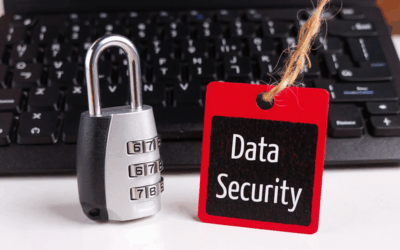Alaska state archivist Dean Dawson is managing a four year project aimed at the digitization of the state’s vital records. The state has partnered with Family Search (historically known as the Genealogical Society of Utah), a non-profit organization backed monetarily and through volunteer service by the Church of Jesus Christ of Latter Day, for this electronic document conversion. The volunteers from that organization are imaging the state’s crucial records, which will be made easily available online for the public. The State Archives is home to several government records with permanent historical value such as legislative bills and histories, birth and death records, court and probate, naturalization records, publications and much more with some records even dating back to 1874.
The traditional way of preserving vital records with historical value in the State Archives building is too risky, especially when water damage is a big threat in Juneau. Dawson cited several incidents of risk such as water entering the State Archives building when its roof was replaced and a broken water main; palpable patched cracks were found in a concrete wall leading to the storage area where the records are preserved. Even though the records are stored in temperature – and climate – controlled rooms, frequent handling of documents will deteriorate their quality and shorten their lifetime. Digitization would make searching for information a very easy process in which genealogists can find the information they want through a simple online search while the actual documents stay away and safe. The risk factor is much less in this case compared to the preservation of records in a building.
The digitization involving electronic data conversion, document scanning, imaging and indexing has made genealogical research much easier as well as faster. Not only can genealogists get the genealogy information and records from the local resources (for example, from a Family History Center located at the local Church of Jesus Christ of Latter Day Saints) at the churches, but they can also now retrieve digitized family history records from various sites including FamilySearch.org or Ancestry.com. A lot of information can be retrieved from such sites in a single stretch (by simply typing the name and hitting the search button) including the personal stories, family tree connection and much more, which may take several days, months or even years in the case of traditional records. The sites also provide the opportunity to share the ancestral records. The research inquires can now be made through e – mail instead of writing a lot of letters and seeking help from the U.S. Postal Service.
Alaska state, which will help the genealogists trace back the families in Alaska. According to Dawson, there is no drawback to this digitization, as all the records are captured as open, public records, not confidential. A total document volume for this project is expected to be in the range of 750,000 to 1,000,000 that includes mostly irreplaceable documents that can’t be found anywhere else. Though Alaska record digitization facilitates public access, a lot of safeguards are in place for original paper and digital records such as storing the information by Family Search on external hard drives held by the state and the server maintained by the state. Dawson said there is also a migration plan once the document types including PDF and TIFF become obsolete.
However, it is not guaranteed that everything on the state archive will become accessible online. Certain documents such as stock certificate from a probate case, or the mine claims may not be available. Even so, it is evident that an online system is much better for genealogists than waiting too long for the required documents to arrive by mail.



